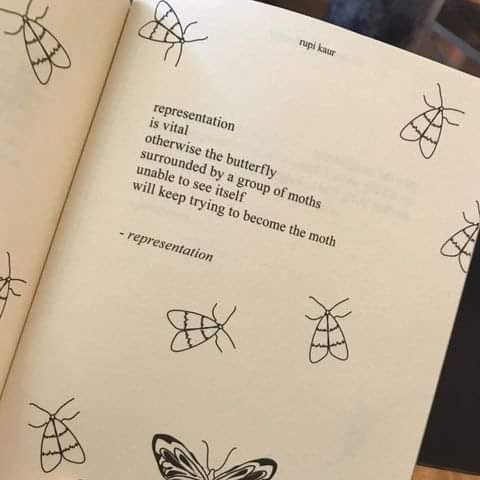Lit Think Core Values: Diversity
We've been told that we should celebrate our differences - but how does that apply to our media intake?
Welcome to From the Teacher’s Desk, where we take turns further reflecting on our episodes and applications to the classroom.
We’re trying some new things in 2023.
First, Sarah and I will present as the Lit Think team at two conferences this year. So we took time to think about what we wanted to stand for as a podcast team. When we came up with five core values, we felt it just as important to spend some time in our blog parsing out what exactly these ideas mean in our daily work at Lit Think.
So here goes. Lit Think Core Value 1: Diversity. But what exactly does that mean to us?
Why Diversity
I’ve only just now begun to realize how much I benefited from constantly seeing mirrors of myself in media as a child.
Growing up in the 90s, it was a big deal when a non-white kid showed up in the Rugrats neighborhood. Wishbone included one family of color that sometimes opened up storylines about literature beyond the European canon. And The Magic School Bus had a varied classroom of students - but my hero Ms. Frizzle was still Caucasian and ginger (like me). Even the books I read were guaranteed to include white families (A Wrinkle in Time, Anne of Green Gables, Little House on the Prairie).
I don’t think I really understood how this impacted my worldview until we all started the hard work of living through 2020. Sure, Sarah and I have committed most of our teaching career to inviting non-white, non-male authors into our reading lists. But I thought for years this was just about exposure, not about visibility.
I know this data is several years old at this point, but here are two infographics that really helped bring all of this home for me:
If it’s easier to put young adult media into the hands of our students with a white or animal protagonist, we’re already teaching our children about power and privilege in our world. And unfortunately, this lesson continues throughout most of our kids’ years of formal English education.
What We Mean By Diversity
Interestingly, the original meaning of “diversity” comes from a Latin word meaning “contradiction” or “disagreement.” Diversity is intended to remind us that a major power group doesn’t represent the entire spectrum of human existence.
This is why book bans do more harm than good. When we censor ideas, we are also censoring the lived experience of others. Sarah and I seek out diverse media at Lit Think because we believe we all need to hear a variety of voices, not just echoes of our own. Learning about others beyond ourselves avoids moments of ignorance, and it helps everyone celebrate seeing themselves in the mirror of media.
The word “representation” comes from the Latin for “present” or “in sight.” The ugly duckling didn’t know they were a swan until they saw other swans. Or in the words of Rupi Kaur’s poem:
How We Live It
We’re not saying we’re perfect. And Sarah and I still work constantly to expand our media view to more diverse corners.
If you want to see how we’ve started conversations around diverse media, check out some of these Season 3 episodes:
Girl Versus an Empire (Ms. Marvel, 2022)
Bennets by Some Other Name (Fire Island, 2022 & Bride and Prejudice, 2004)
Time Travel to Truth (Kindred, 2022)
Every Genre All at Once (Everything Everywhere All At Once, 2022)
More Resources
And if you want some great, quick conversation starters to talk about diversity in your classroom, I highly recommend these resources:
Rudy Francisco’s poem “Adrenaline Rush”
Please “like” by clicking on the ❤ and share this post with your friends, colleagues, and fellow lit thinkers.





